Orbea’s 2024 Rallon Gets More Travel & Slacker Geo
When we reviewed the Rallon back in March, 2022 it left us thoroughly impressed with its effectiveness as all-encompassing enduro race bike but held us back slightly when taking on scary-steep trails. Thankfully, Orbea was listening and has evolved the Rallon to tackle even rowdier riding.
The 2024 Rallon looks identical to the previous model, carrying over all of the positive attributes but receives a bump in travel and further relaxed head tube angle.
The 2024 Rallon looks identical to the previous model, carrying over all of the positive attributes but receives a bump in travel and further relaxed head tube angle.
Rallon Details
• Carbon frame
• Travel: 167mm rear, 170mm front
• 29" wheels (mixed wheel compatible)
• Concentric Boost 2 Pivot suspension
• Lockr downtube storage
• Sizes: S-XL
• Price: $5,299 - 10,999 USD / €4,999 - 10,499 EUR
• orbea.com
• Carbon frame
• Travel: 167mm rear, 170mm front
• 29" wheels (mixed wheel compatible)
• Concentric Boost 2 Pivot suspension
• Lockr downtube storage
• Sizes: S-XL
• Price: $5,299 - 10,999 USD / €4,999 - 10,499 EUR
• orbea.com
Geometry Changes
Now, the Rallon sits at 63.5 or 64-degrees, depending on the flip-chip position. Half a degree doesn’t sound like a huge change, however, having the option to teeter on the low side of 64 aligns the Rallon with current trends in enduro bike geometry.
Switching out the rear wheel for 27.5" requires a different shock yoke and carries over the lower 29" flip-chip angles.
Longer Travel
The major talking point in regard to the Rallon’s rear suspension is the bump up in travel. An increase from 160 to 167mm also comes with additional progression that starts at 22% and moves to 33%.
Another subtle visual tweak is a more rearward axle path. Orbea claims that a more forward pivot provides increased square edge compliance but hasn’t provided the exact axle path chart to compare how much that’s changed.
The anti-squat and anti-rise remain largely unchanged, so for riders that are familiar with the Rallon, the nature of the bike stays on track with its suspension layout.
Build Kits and Pricing
Amongst the addition of fresh new orange and green color themes, Orbea has added SRAM XX and GX AXS T-type drivetrains to the top-end Rallon M-LTD and M11 models. Interestingly, you'll find Fox suspension paired on all models, including the two previously mentioned build kits.
OC, Orbea's house branded components appear nearly across the board in terms of seat posts, alloy bars, stems, and rims with the exception of the top model which is granted a few carbon components and a shiny Kashima post.

The top of the line Rallon M-LTD: Fox 38 Float Factory Grip 2 170, Float DHX2 Shock and Transfer dropper post, SRAM XX Eagle AXS drivetrain, Oquo MC32LTD carbon rims w/ DT Swiss 350 hubs, OC Mountain Control carbon bar, Maxxis Assegai/DHRII EXO+ MaxxTerra tires - $10,999 USD / €10,499 EUR.
Author Info:
Must Read This Week
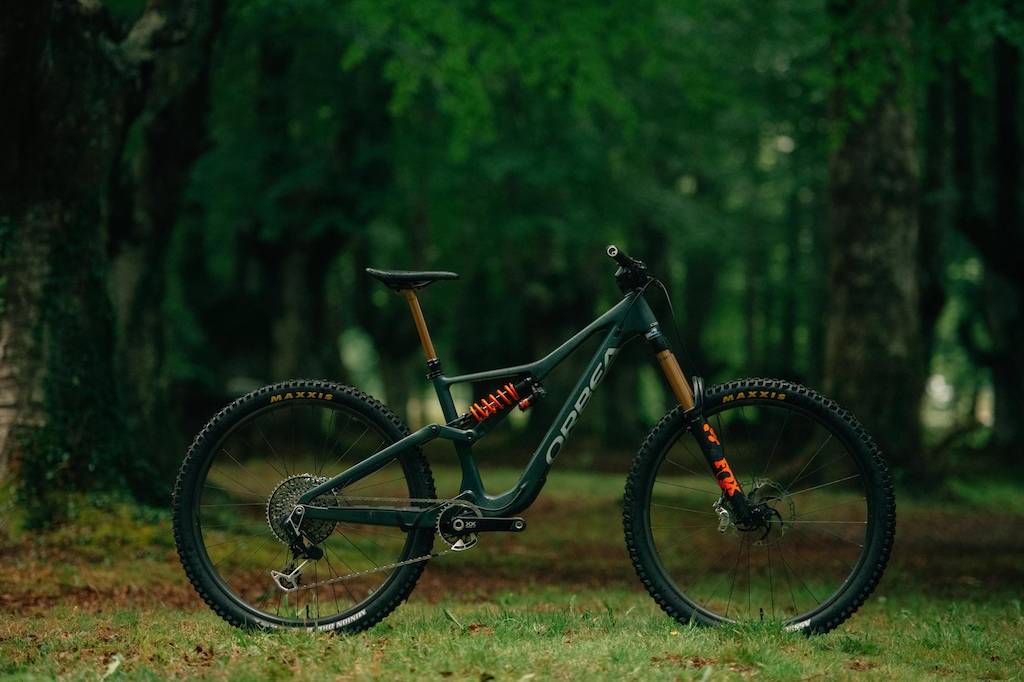
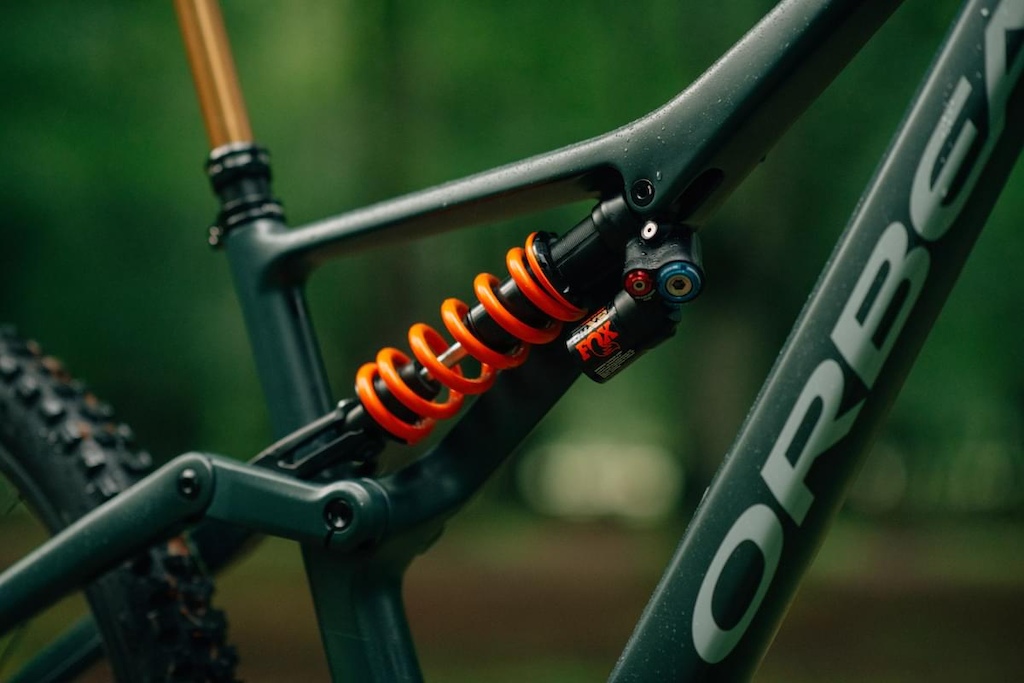
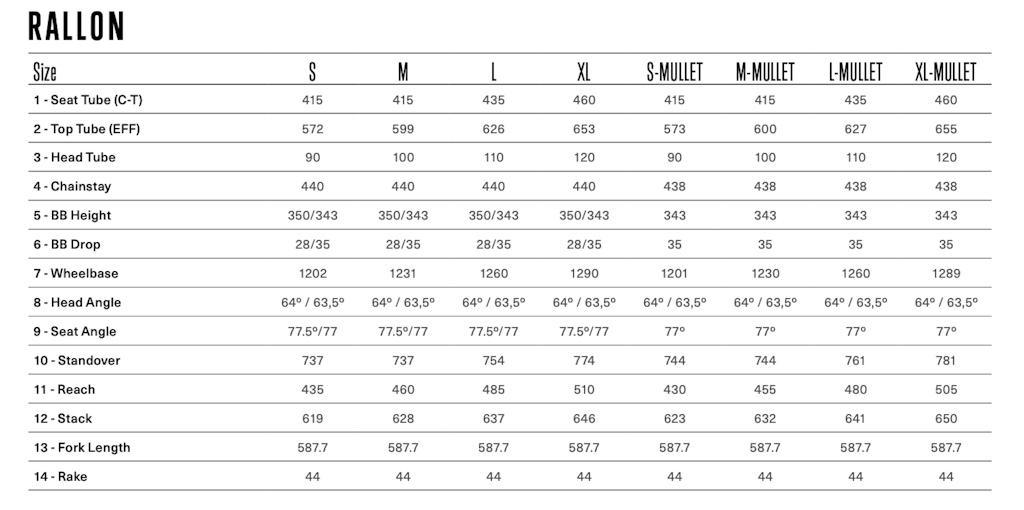


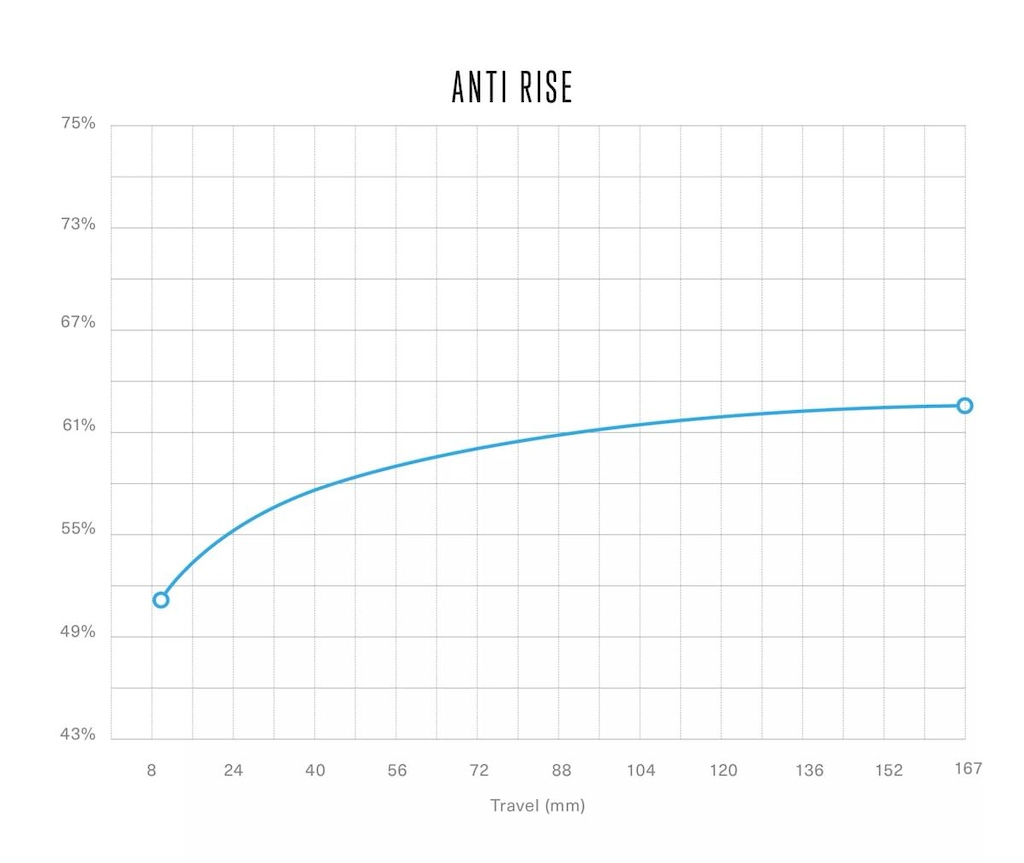
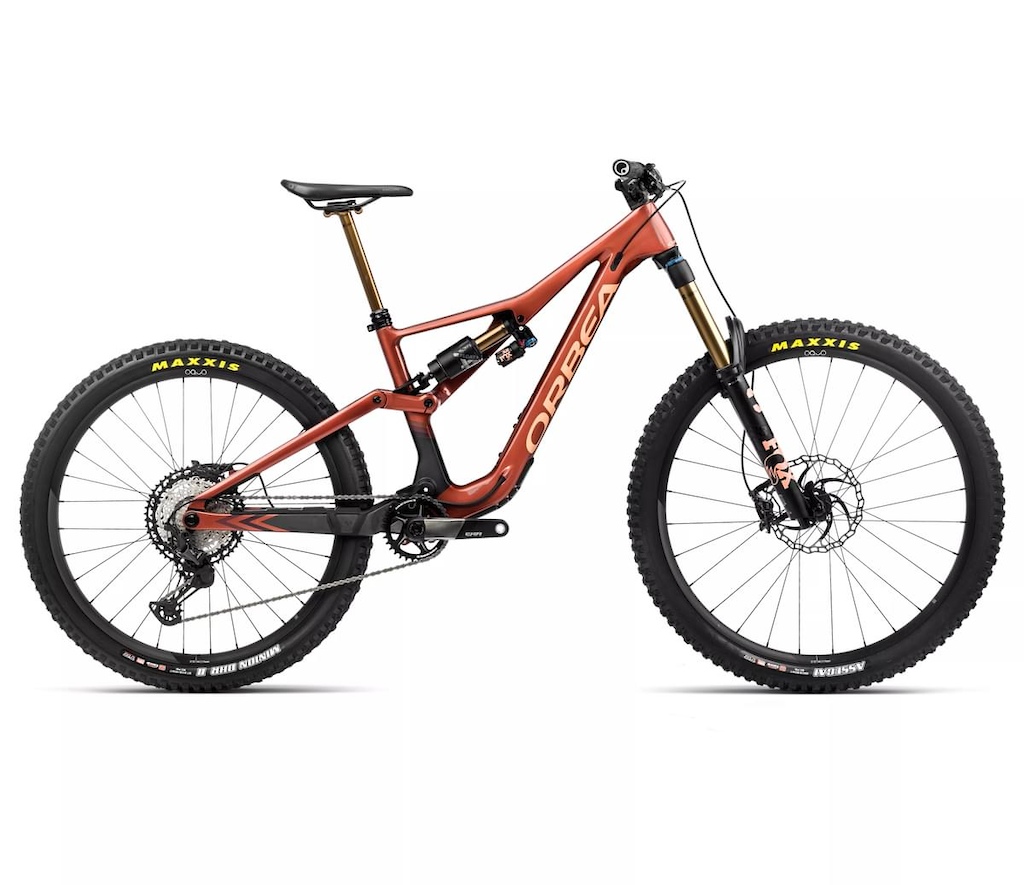




That being said, there is a difference in build quality between the Orbea's that I've owned and say santacruz or pivots. There are usually a few frame details on each that are well intentioned, but executed poorly. For example, pivot design (occam, rise) upper link pivots in the seat tube that work loose and flex a lot, lower pivots that cannot be serviced without fully removing a brake hose, poorly managed internally routed cables that rattle, overly fragile chainstays and seat stays and a few other quality of life issues.
That's not to say that I think they are bad value or should be avoided... however I will say that I view the value proposition a bit differently after owning and living with a few of them. Orbea feels like a brand that is headed in the right direction overall, great lineup of bikes, moderately good after sales support for both IBDs and consumers and neat things like my-o. I think all it would take for them to be a premier bike brand, is to address some of the small quality details.
Buddy is mine is on a Rallon now, coming from a Pivot, same feedback.
How are we defining “progression” here? I don’t see those numbers anywhere on the chart. Are they slopes of the leverage ratio curve?
Idk what Matt is on here. You are correct to call into question that sentence, makes no sense.
Maybe he is trying to say the leverage ratio is 22% progressive from sag to bottom out or 33% progressive from full extension or top out to bottom out. Idk but technical writing requires some specificity.
Pretty sure they "measure" progression by computing how much more of the end ratio would be needed to get the starting ratio. At least that's the only way I can get ~33% "progression": 2.36 * 1.33 = 3.14.
Going the other way, removing 33% of the starting ratio, which I think is the usual way to measure since it's measuring the ratio changes as the suspension "progresses" through the travel, would give an ending ratio much lower than that chart indicates: 3.14 * 0.66 = 2.07.
22% doesn't line up in any way with that chart either, so who knows what the hell they're actually measuring.
Real progressive leverage curves would have an increase in the _rate of change_ of the ratios: not only does the leverage ratio get smaller, but it gets smaller faster. This is what really helps a coil sprung bike feel bottomless.
I could be wrong and there's a chance they modded the yoke and link, but it's very unlikely they opened new molds for carbon and left everything but 0.5deg exactly as it was on the old model. If I'm right, good news for us bargain hunters that can just buy the old version and overshock it 2.5mm.
Whatever it is, I'm sure owners will figure it out pretty quickly, but given what you just highlighted my $20 is on it only required a new upper link, and not even a new yoke.
Regarding your enquiry, the frame of the Rallon 2024 has been slightly modified compared to the 2022, making the geometry slightly more launched.
The shock has also been modified from 230x60 to 230x62.
That said, we can confirm that the new shock will fit your 2022 frame without the need to modify either the linkage or the extension.
We recommend that if you are thinking of making this type of modification, you should always go to an official Orbea dealer , as in addition to offering you the best advice and technical service, this will prevent the bicycle's warranty from being compromised.
We thank you again and invite you to contact us for any further information you might need.
Best regards
My opinion is that they didn't change anything. How can you modify the head angle without modify reach and wheelbase? Reading the bluepaper there is no any spacer under the crown. Maybe they modified the moulds, but it's very espensive and do that for 0,5 is strange..
"What this means is that on the 2022 and 2023 Rallon models you can install 230x62mm shocks, like the ones we install on our new Rallon 2024. Both with 29" wheels and in Mullet configuration. This will give you 167mm of rear travel, just like on the Rallon 2024.
However, the geometry you would get would not be exactly the same as the new Rallon 2024; as the new models have undergone a slight modification that provides a steeper steering angle than the 2022 and 2023 models. "
Also, which spacer under the crown you're referring to? Can't find in the blue paper, and I started to wonder what geo my bike has now as it has 2021 fork (although 2023 headset)
If the brake is on the chainstay, the torque from the wheel will want to rotate the chainstay _into_ the travel. This will create unmitigated anti-rise.
Brake on the seat stay (horst/FSR or split/ABP) causes the brake torque to be directed into the linkage, actually applying a tiny force towards extending the suspension, since the linkage end of the seatstay is going to rise through the travel but the rotation from brake torque wants to push it down. This means anti-rise can be tuned via the linkage pivot locations (and chainstay pivot on horst), though axle path and leverage ratios are also effected by those same pivot positions.
You can also experience it by taking the shock out of a bike in a workstand, getting the rear wheel up to speed, and grabbing the rear brake. A single-pivot, or anything with high-ish anti-rise, will slam the suspension compressed, while a multi-link bike with lower anti-rise will stay mostly extended.
Calling it what it is, a linkage driven split pivot, does mean something about the way the bike will ride.
That said, the axle path of a true single pivot and a split pivot is identical (tracing the circumference of a circle around the main pivot).
What? No. Are you describing a hardtail. Or maybe a multi-link like VPP or dw-link, which are very much NOT single-pivot. Or maybe you are thinking of something like an Orange or a Specialized P.Slope, but until like a year ago there was no linkage on any Orange, and never a linkage on P.Slope.
Here are some examples off the top of my head: Orange, V1 Forbiddens, Deviate Cycles, Propain, Starling, Evil, Commencal.
Solid. Rear. Triangles. The point of my post is to say that true, strict "single pivots" (as defined by the bike industry) have ride characteristics that are different than (arguably) similar designs like split pivot.
Okay so lets talk anti-rise. Anti rise, brake jack, whatever you want to call it is dependent on where the brake caliper is mounted. On a Kona, older Commys, its on the chainstay. On this Orbea and Treks, its on the seatstay giving different characteristics under braking. @justinfoil did a fantastic job explaining that, but lets remember, a single pivot bike is not defined by the brake being mounted to the chainstay, its defined by the axle being connected to the main pivot by a single solid bar.
The reason reviewers (including Pinkbike) will use the term single pivot to describe bikes with solid rear triangle is because those bikes behave differently than split/concentric pivot designs. Notably, anti-rise is typically high in single pivot bikes.
Stick with me for a moment. Pretend that you agree that bike reviewers typically use the term "single pivot" in the way I've described (which, they do). Does a bike reviewer telling you "this bike is a single pivot" mean that the bike they are reviewing will behave differently than if they say "this bike is a split pivot"?
Yes. Yes it does mean something different. Specifically, the bike's designers will have the ability to modulate anti-rise and braking characteristics via other facets of the suspension design, and somewhat decoupled from other attributes of the suspension.
This is why reviewers and the companies themselves will refer to a bike as a single pivot, linkage driven single pivot, or a concentric/split/trademarked name for that system. And if the bike is accurately described as a single pivot or LDSP, it has a solid rear triangle.
The US patent office provided 2 patents (one to Dave Weagle, one to Trek), to show a protectable and material difference between what I am describing as single pivot as compared to concentric/split pivot designs.
The only thing I have ever argued is: there is a material difference in the performance and characteristics between single pivot (both traditional and linkage driven) and split/concentric pivot. I have also argued that reviewers and the brand typically, correctly, label bikes as such because of these terms are useful.
Finally, in the way that these terms ARE used by brands and reviewers, a single pivot or linkage driven single pivot will have a solid rear triangle (although a solid rear triangle can ALSO be used in multilink designs such as VPP, DW Link and Switch Infinity).
I am just not sure why these facts are even being debated. They are just flat out true.
So the question is how do you define a "Single Pivot"? For me, as I understand it, and as I feel it SHOULD be defined is a bike whos rear axle is attached to the main pivot by one solid bar resulting in an axle path that is concentric to the main pivot. Whether that bar is part of a solid rear triangle, or is its own link with a pivot above the rear axle on the seat stay, it doesn't affect the axle path. To say ABP/split pivot is an isolated rear suspension layout from a linkage driven single pivot is just confusing people with terminology and smoke and mirrors IMO.
Now that's not to say some bike reviewers don't misunderstand this concept and will claim a split pivot has better small bump sensitivity or something but that's just bs and placebo because it is just a ldsp. But there's alot of bs in marketing terminology in the bike industry which is what I am trying to push back on.
I'm fine with calling it a "Split Pivot" bike, if the brake is mounted to the seat stay, to refer to a certain rear end characteristic that happens under braking, but it. is. still. just. a. linkage driven single pivot bike. The solid rear triangle thing you just have to forget about, that is simply just defining where the linkage for the suspension is pivoting from, and drives suspension characteristics, not axle path.
A split pivot is still a single pivot. The full name is a "Linkage driven split pivot". People just get lazy and call it a "split pivot".
www.pinkbike.com/news/pinkbike-poll-whats-your-favourite-suspension-system.html
Personally, (and I have ridden some) I don't love the feel of single pivot bikes. It doesn't mean they're bad - some people don't mind and even prefer higher anti-rise, as this will maintain geometry when the going get rough. But when I am reading a review and investigating a new bike, if I see it accurately described as a single pivot, I can more-or-less skip ahead on that one.
Case in point: the current Deviate Claymore is exactly the kinda bike I would love - including that Moss Green color. But I am confident I wouldn't get along with the rear suspension braking performance, and it's the primary gripe I've heard from some reviewers. It's a high, single pivot bike. Conversely, the new Trek Slash is quite similar on paper, but it has a much lower anti-rise curve because it is a split pivot, rather than a single pivot design. Hence: the distinction is useful, and this is why reviewers/brands use the terms in this way.
When the going gets STEEP, not just rough! Anti-rise only has effect when you're hard on the rear brake.
A split pivot will have the same axle path as a linkage driven single pivot, however, a Horst link has virtually the same axle path as a linkage driven single pivot with the main pivot offset parallax to the horst link vs the rear axle. Put another way, there is nothing about the axle path of a Horst link that cannot be achieved with a single pivot.
BUT, a Horst link will have distinctly different anti-rise (braking) behavior than a single pivot, and a split pivot falls into the same family as a Horst link. A single pivot cannot do what either of those 4 bar systems do WRT to braking. In fact, Dave Weagle developed his split pivot ABP for DeVinci specifically as a workaround for the Horst link patents that Specialized started enforcing. It achieves the exact same functionality (optionality, to be technical about it) by making the 2nd bar of the 4-bar the braking arm.
And it is easy to identify single pivots as (and this should be obvious) having a single pivot and a solid rear triangle
@justinfoil - as an aside, I have never argued that axle path and anti-squat are somehow isolated or distinct between single pivot and split pivot bikes. In fact, I've affirmed this notion repeatedly in some of my prior posts. I may not be an engineer, but I do have a relatively firm grasp on mountain bike suspension dynamics.
What is this solid rear triangle hang-up? A Kona is a single-pivot and does not have a solid rear triangle. An Orange, including the new ones with a linkage, don't even have a "triangle". But VPP and dw-link do have solid triangles in the rear. It's a pointless distinction. Number of pivots between BB and axle, and number of pivots between brakes, axle and BB, are the important differences.
That's just _completely wrong_. There is an extra moving member/bar and pivot in-between the main pivot and the axle. This _can_ make the axle path quite different from a single-pivot and single-bar which make just an arc.
You _could_ argue that some horst link bikes don't alter the axle path much compared to a single pivot, although many contemporary designs do have a bit less forward travel on the axle path, and that doesn't mean it's not possible.
Some designs, such as the previous gen Demo 8 with its very low chainstay pivot and relatively large rocker, can give a very nearly vertical axle path. A path that no single pivot could ever hope to approximate without resorting to almost infinitely long chainstays, which BTW are quite impractical.
Back to the main point, a) what actually matters to the rider, or b) the kinematic options and results for the engineer - for those two purposes a split pivot and a horst link have much more in common than a split pivot and a single pivot, and given the same performance goals are made to perform nearly identically in practical use.
So then, actually not possible. Even if it didn't interfere some how, not it's not possible to make it match, because a single-pivot axle path is a simple arc centered on the pivot, with a single fixed radius. It cannot be anything else, ever, unless... You've invented length-changing chainstays!
Regarding the IC not moving much: that's just an artifact of current design trade-offs, it says nothing about what is possible with multi-links. It also helps disprove your false equivalency, because on a single-pivot the IC DOES NOT MOVE at all, ever!
The Demo didn't have the large rear link "because of the concentric BB pivot". They didn't need to use that concentric design, they just chose to use it as part of getting the desired anti-squat and axle-path. It's all a combination, and that's kind of the point. There is only one "combination" on a single-pivot: main-pivot location and swing-arm length, and all of those combinations can only make a simple arc axle-path of a single radius (and all will also have a pretty high anti-rise, but we're ignoring that for now).
Interesting how you try to both _generalize_ that all single-pivots can make axle-paths that they can't, and try to prove it by picking _specific_ horst/multi-link examples that happen to fit (except not really) your flawed hypothesis.
Nah. That's just crazy talk.
Then you rolled in with falsehoods like "single-pivot can make any axle-path that horst can", and took it off the rails.
The original point I made that kicked all this off was, principally, that split pivots and single pivots are distinct designs and are correctly referred to as distinct designs by brands and reviewers.
And yes, they are distinct but they are ALSO similar depending on context. Both sides are OK correct: to refer to them as distinct AND to group them in relation to shared characteristics. And since split and single share more than they don't (only anti-rise independence), it's maybe more OK to group them for the most generalized description, because they're more alike than they are different.
Here's an exercise for you - compare actual curves (axle path, anti-squat, anti-rise) for actual bikes on the market, and what you will find is that those the curves between horst and split pivot bikes have much more in common than split pivot and single pivot bikes. The differences in braking will be dramatic. The differences in pedaling will be minimal or unnoticeable. Again, this is what matters to both customers and engineers. So when marketers or reviewers categorize them together, I hope you can read that without an aneurism, because it is a very reasonable simplification. We're not saving lives here.
Just wrong. You could argue that they're all very similar in contemporary designs, but as @misteraustin said, single and split will _literally_ be the same. Not more or less in common, THE SAME, a single arc.
You two are so caught up in a 1st year engineering student's silly debate on taxonomy that you're missing that the factors that actually drive the final result are largely in the decisions an engineer makes in implementation. I'm guessing it is because you don't yet understand the relative impacts these differences have or don't have on the actual bike performance. And in that context, I can make a split pivot do what any current horst bike on the market does (and vice versa). I cannot make a single pivot do the same.
No, you can't. Might be able to get and axle path close to some, perhaps anti-squat close to others, but simply cannot match "any".
And why are you comparing some hypothetical split pivot to "on the market" horst bike? "Horst" covers a pretty damn large gamit of possible designs. Yet no matter what you do the hypothetical split-pivot will never be able to split anti-squat and axle-path, which it turns out some people care a lot about re: ride feel.
With a Fox float X2 it's listed as 62.5mm.
Are they using a custom spacer? I thought the DHX2 only comes with 2.5mm spacers.
We have medium carbon Spire and a medium '22 Rallon in the house.
The Spire has limited seatpost insertion, so in practice we can have the same or longer dropper on the Rallon.
I now wrap multiple layers of electrical tape around the edges of the carbon to make it a snug fit and prevent it from wearing.
The focus jam suffers from the same disproportions.
I am sure both are very good bikes and it can't bother everyone else they wouldn't be here.
As far as I'm concerned he and everyone surrounding him can get f*cked by a rusty rod
Jump to XX AXS where XO AXS would make more sense again Fox and not RS Ultimate?? And $11k and it's not an E-bike.
Really dumb Orbea